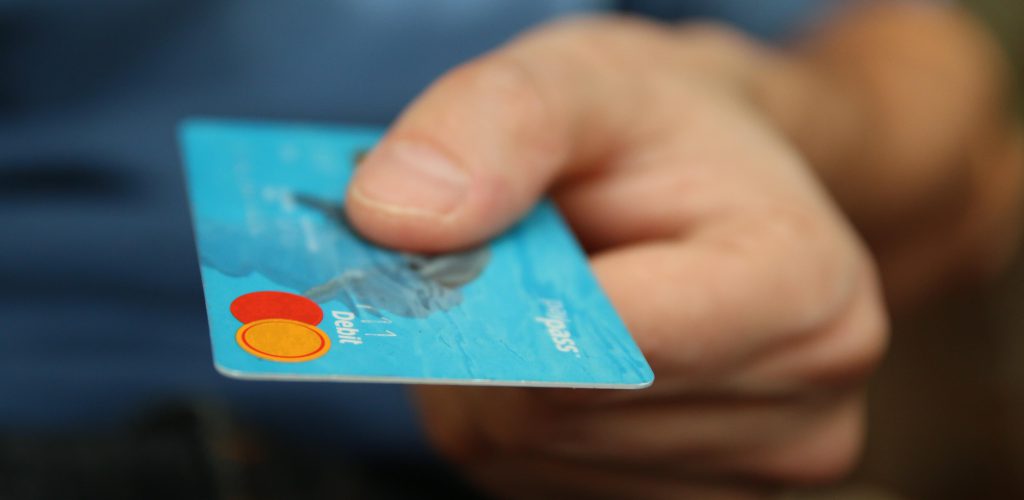Need a short-term cash injection? Take customer payments through a card machine or online processer?
If you’re looking for short-term financing to boost cash flow or generate working capital quickly and – crucially – you have a card machine or online payment processer, you might do well to look at a merchant cash advance (MCA).
What is a merchant cash advance?
Designed with retail businesses in mind, a merchant cash advance is a type of a business cash advance.
If you’re a sole trader, Limited Company or partnership and you take payment from customers via a card machine (PDQ) or online processer (ebay, Shopify, Tide etc) you can apply to specialist lenders who will advance you a cash sum based on your card sales. A merchant cash advance (sometimes known as a PDQ loan) is unsecured. You repay the money through a fixed percentage (usually about 10%) of your future customer sales. In other words, if your business takes regular payments through a card machine or online processer, you can use your recent takings as the basis for this kind of loan.
What’s good about an MCA is that if you have a strong sales day, you pay back more that day. On a slower day, you pay back less.
Why use a merchant cash advance?
- It’s fast – you can agree an MCA within 48 hours.
- Because you repay in line with your sales (versus the fixed monthly payments you’d pay if you took out a standard loan), the pressure is off during a low sales month because your payments come down too.
- Similarly, there is no fixed term – you make repayments to the lender only when you take payments from your customers. This means that, depending on the level of sales going through your card machine, you can pay off the MCA at your own pace.
- You don’t need to use any of your assets because this is not a secured business loan – it’s unsecured debt.
- Lenders may carry out credit checks, however credit rating is less important with this type of loan because the lender works directly with the company that processes transactions for you and can therefore see how much money is flowing through your business.
How much can I borrow?
You’ll typically be able to get finance equivalent to the amount of money your business receives via card transactions in an average month. So, the more your business processes, the more you’ll be able to borrow.
Can I apply?
Lenders typically require your business to process card payments amounting to a minimum average turnover of $2,500 a month. And you’ll need to have been in business for a minimum of three months. If your business deals mainly in cash or another form of payment, an MCA isn’t for you.
How much does a merchant cash advance cost?
The total cost of a merchant cash advance (i.e. the amount you pay back to the lender) depends on the factor rate. This is a decimal figure (not a percentage) used to calculate how much the MCA will cost you. For example, if you borrowed $10,000 at a factor rate of 1.2 for a 12-month term, you’d pay back a total of $12,000. The calculation is simply $10,000 x 1.2, which gives you $12,000.
Although this calculation looks like it’s based on a percentage rate of 0.2%, it’s not! With an MCA, all of the interest is charged to the principal when you take out the advance. This is the key difference between factor rates and interest rates. It’s why the advance isn’t priced using APR – APR is used for financing where interest accrues on the principal loan amount, which will get smaller and smaller as you make successive payments.
If you want to make the calculation easier, use our merchant cash advance calculator for free.
How do lenders determine your factor rate and what do they require?
Lenders will vary the factor rate according to their assessment of your business, the industry you’re in and their own risk assessment. Typical factor rates are between 1.1 and 1.5.
More specifically, a lender will want to see:
- Credit card processing statements, typically from the past twelve months – these will show that you have a solid history of substantial card sales.
- Business bank statements, usually from the past three months – these will verify the financial health of your business.
If you’re considering using a merchant cash advance to support your business, sign up for a free Swoop account and our team of experts can talk you through the process. We can help you find the right lender for your business needs. We can also provide insight into a range of other finance options and ways you could be saving money on your day-to-day business costs.





 yet? Register here!
yet? Register here!